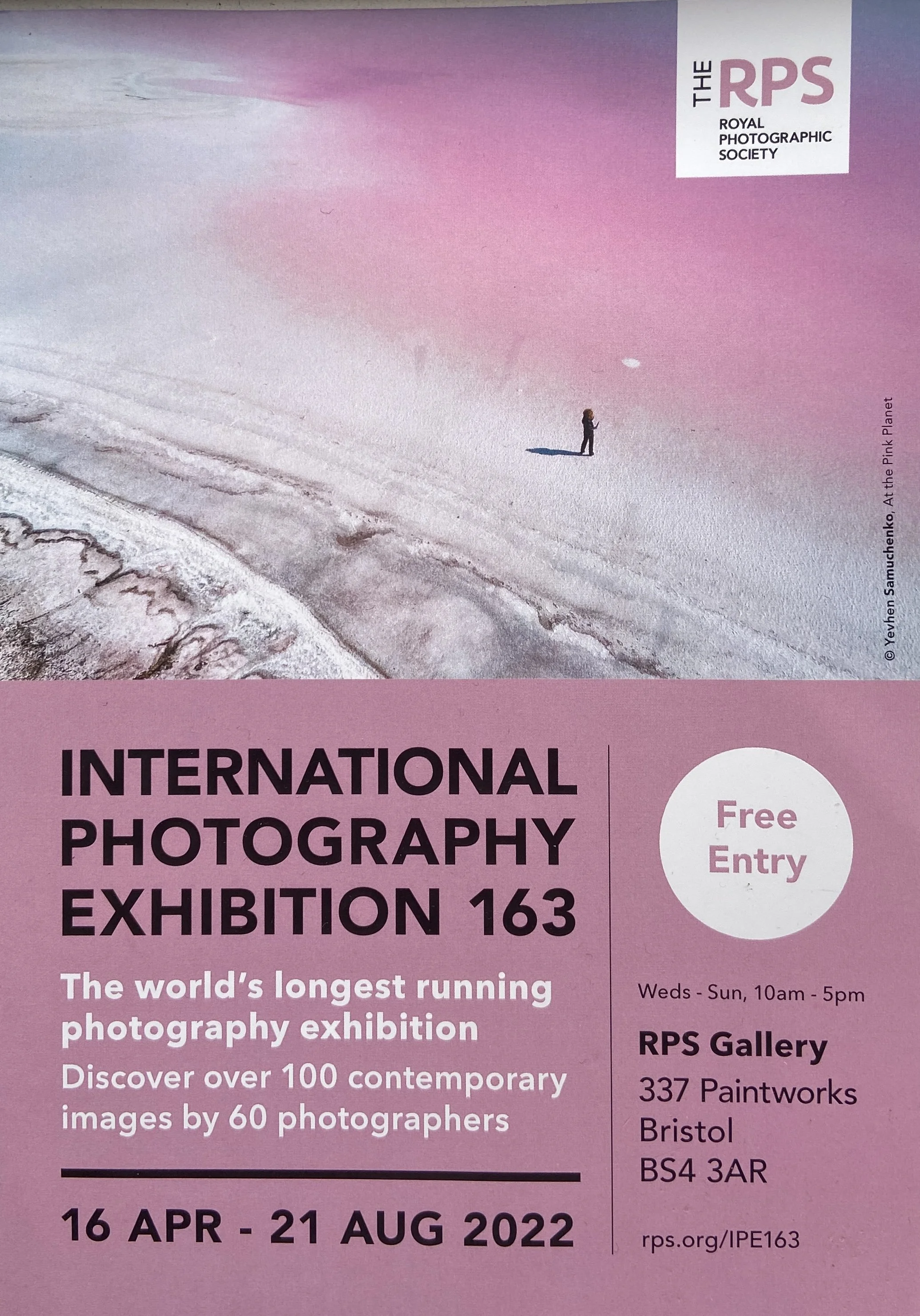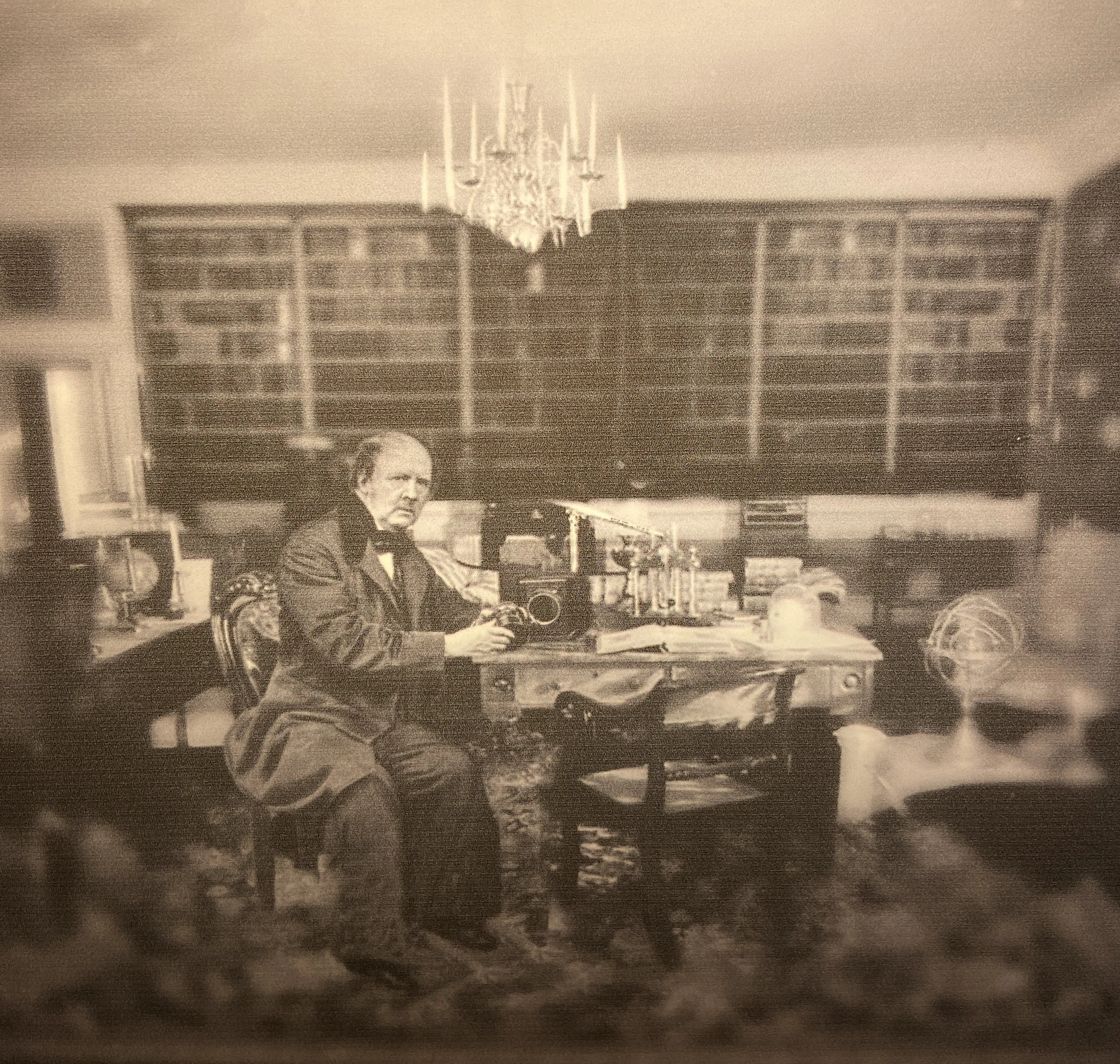The images were individual extracts from larger projects or specific bodies of work that the photographer had been working on, possibly for many years. It reminded me that working towards a project or specific body of work based around a particular theme can help focus the photographer on getting organised and as a result encourages and gives purpose to our work. This is something I need think about going forward and review what photos I have, what are the ones I like, and see if I may have been subconsciously working to a theme or not. Either way I maybe need to consider the way forward a bit more
One final word on The RPS HQ. I am a member of The RPS and I have been to their HQ twice now and, exhibitions aside, each time I have come away feeling rather cold, and I don’t mean from the air conditioning. Apart from a handful of books on sale the venue doesn’t scream out “this is The RPS HQ” and is rather soul-less. Its location probably means it doesn’t get a lot of footfall and both times I have been there I have been the only visitor there at the time. There is no RPS merchandise to purchase either which I found strange.
Across from The RPS HQ is The Martin Parr Gallery. I decided to pop my head in there too and viewed the exhibition on display. What I did notice was that they had a very good book store selling all sorts of photography books, Zines, Prints and Martin Parr merchandise. Maybe The RPS could learn from their neighbours.



